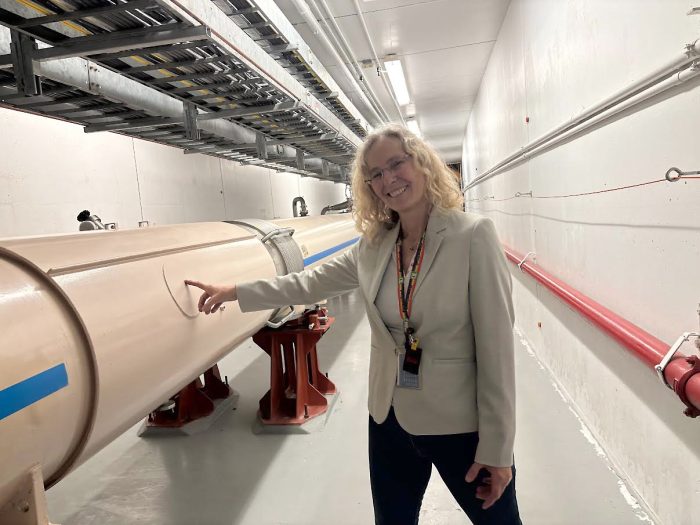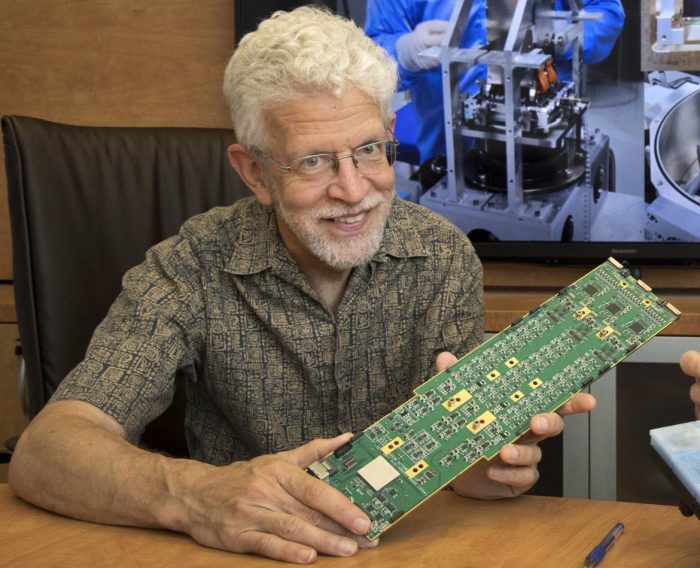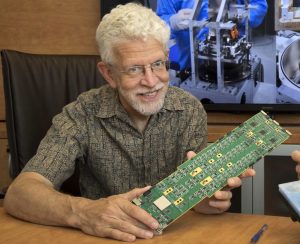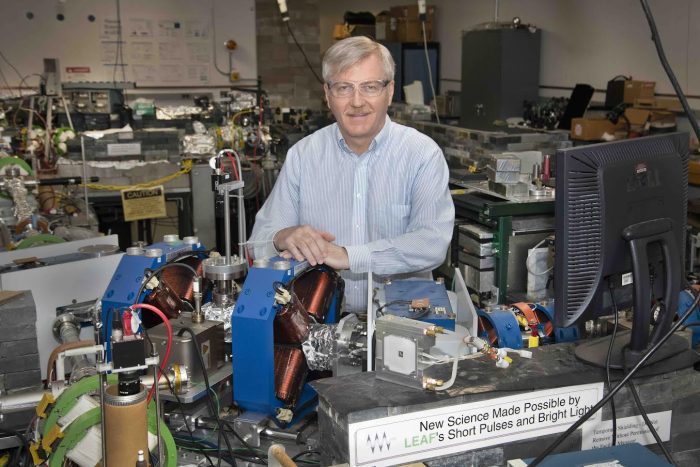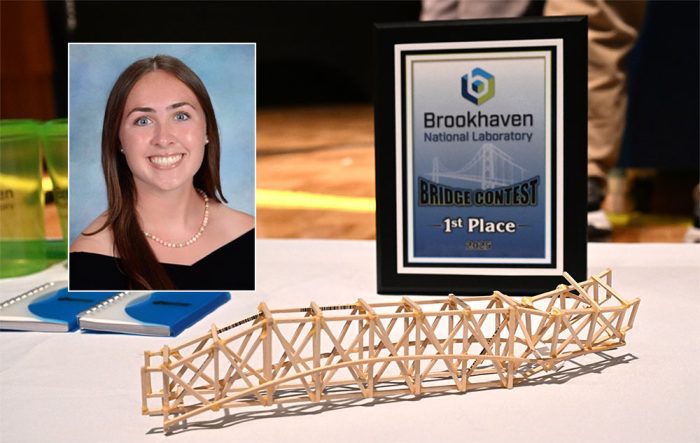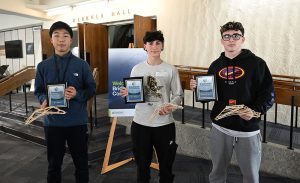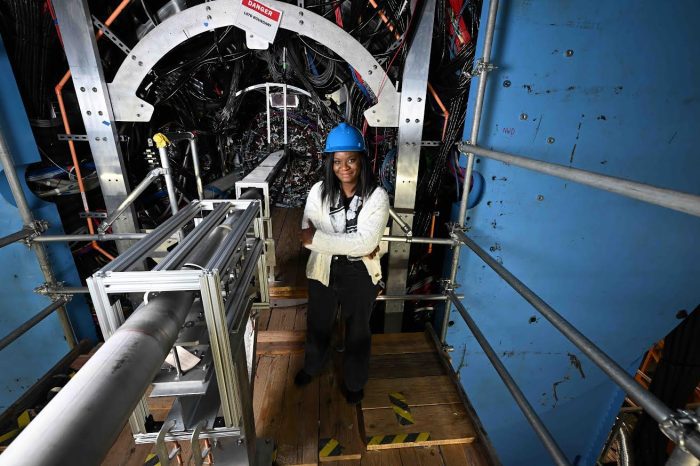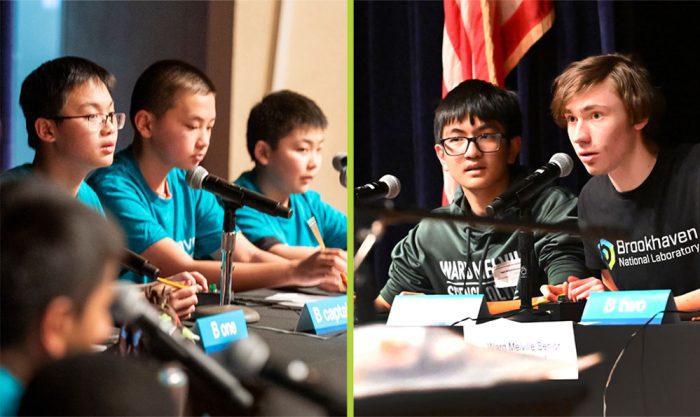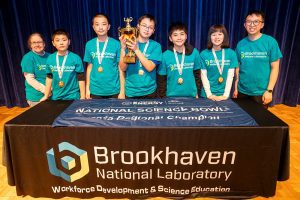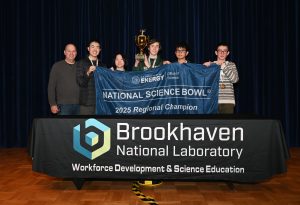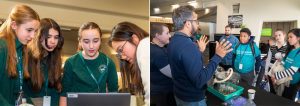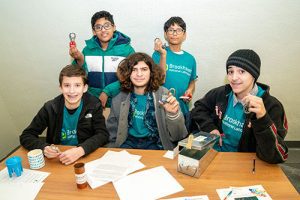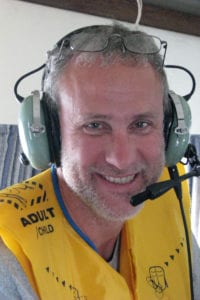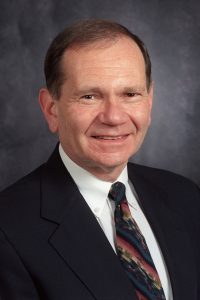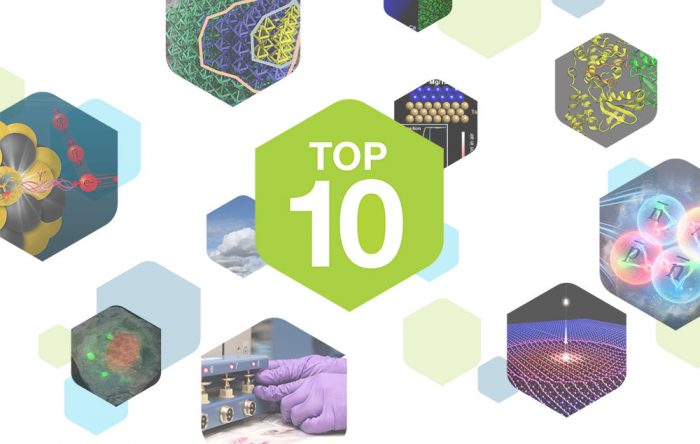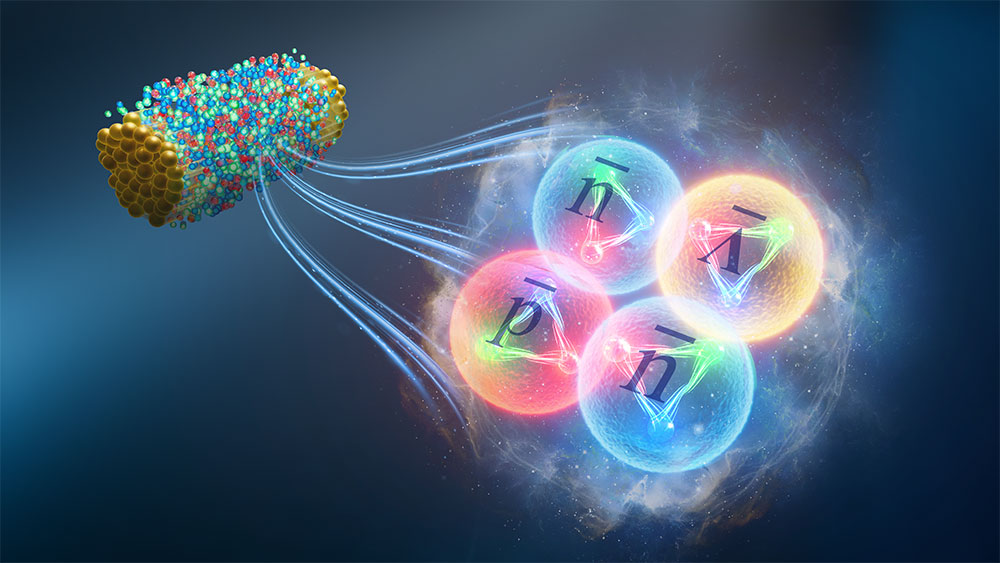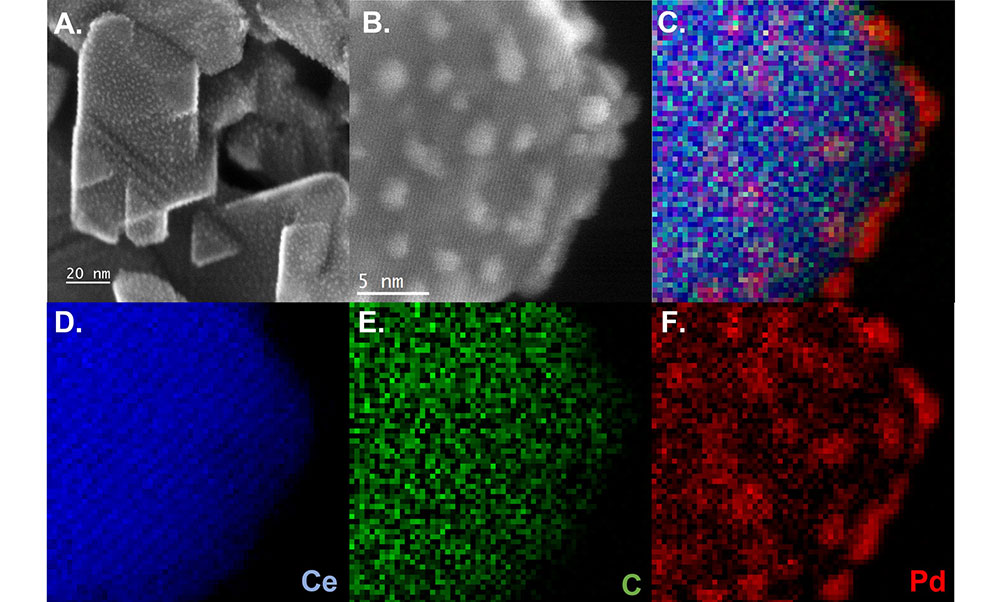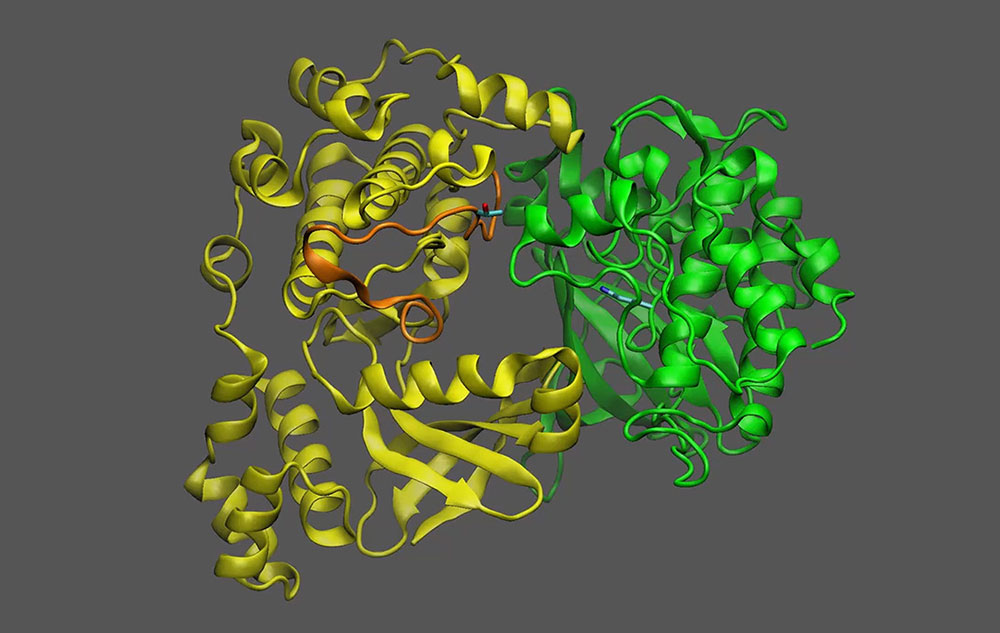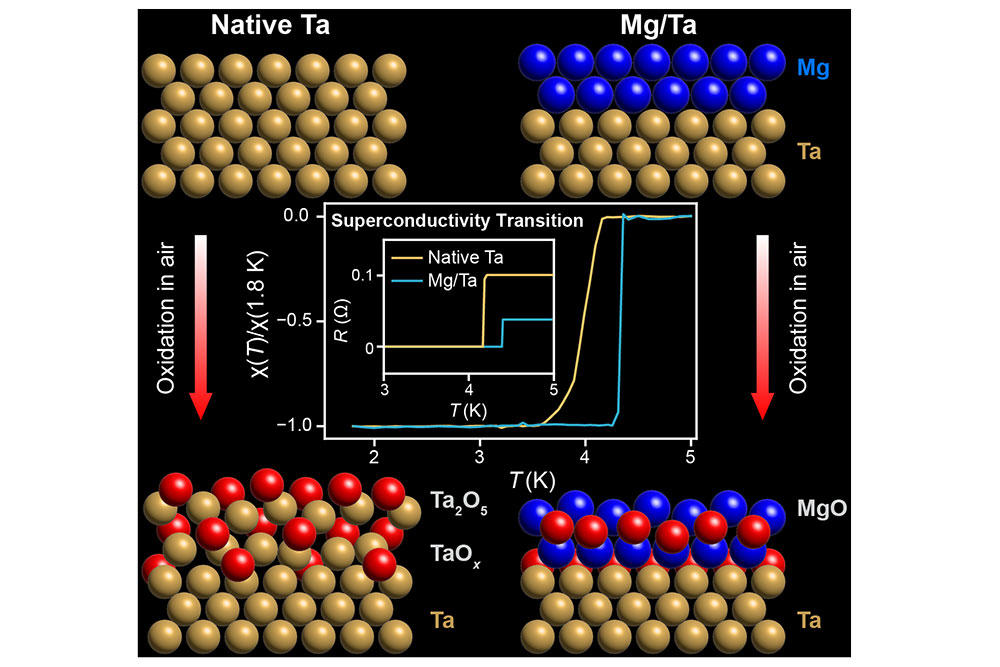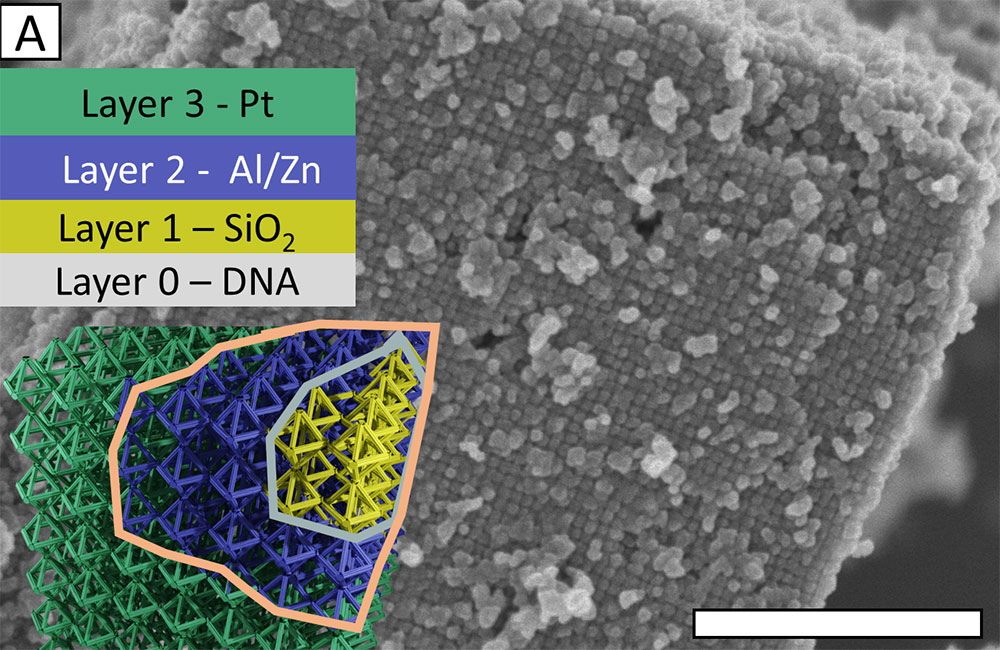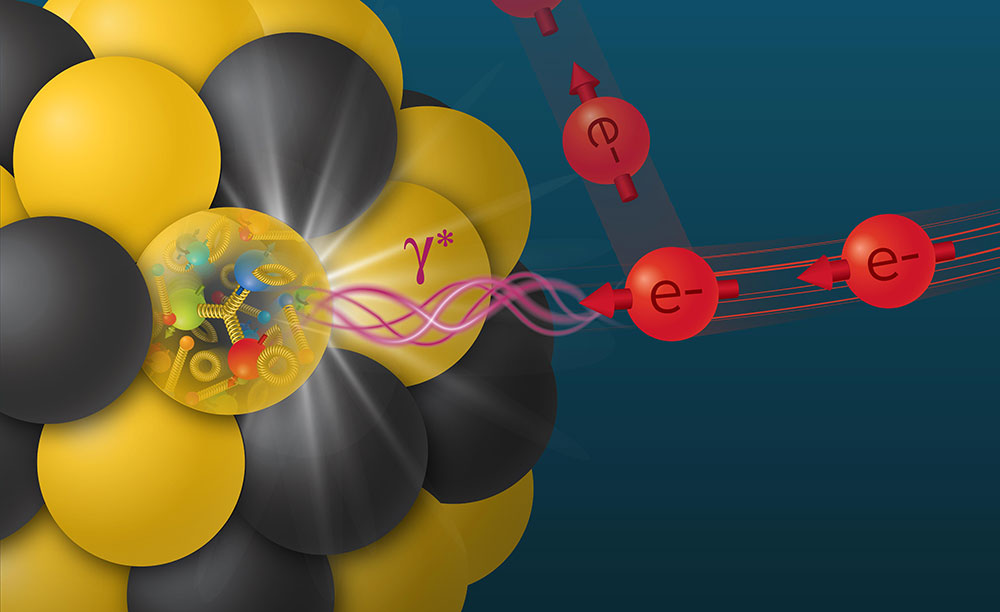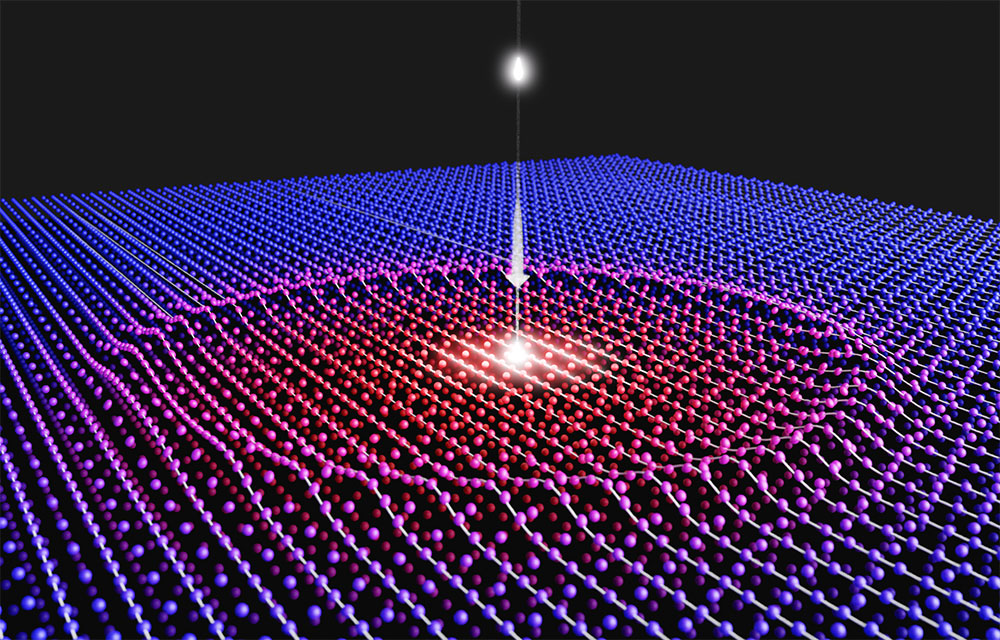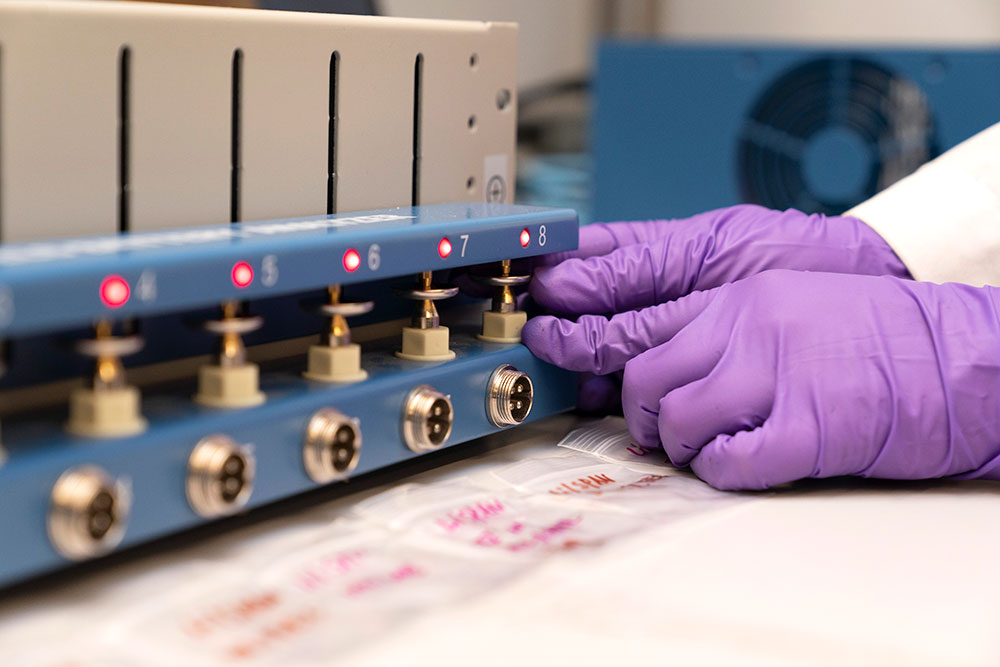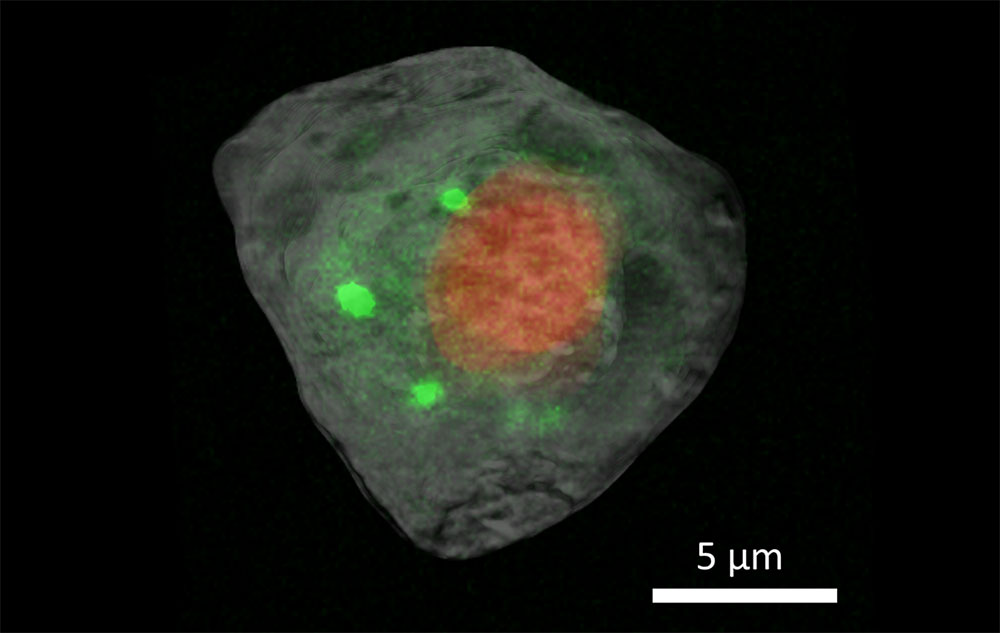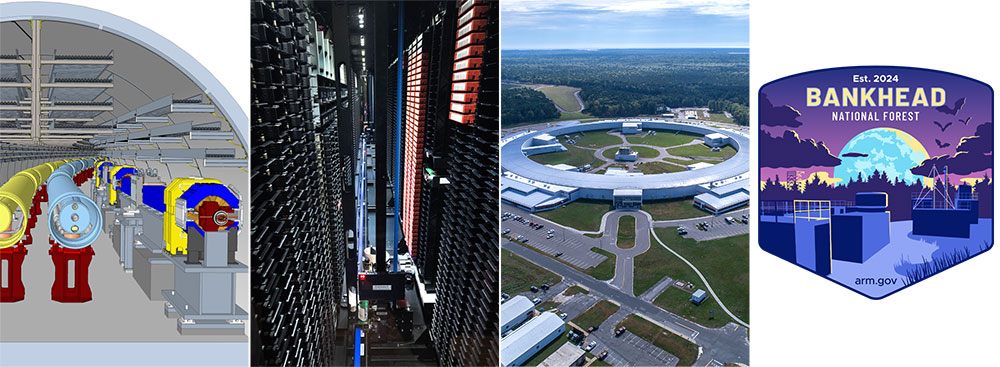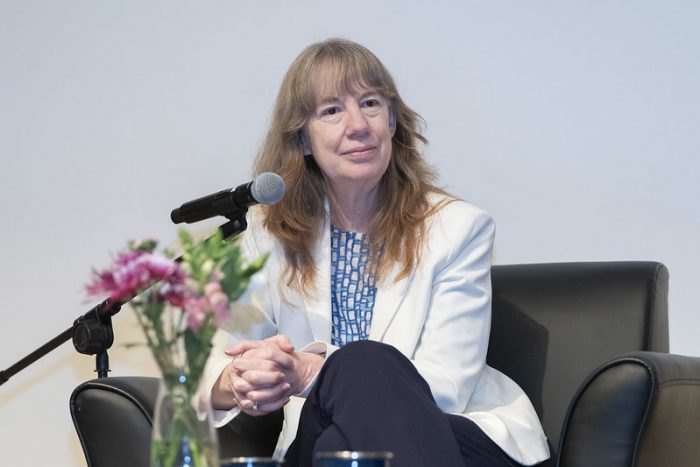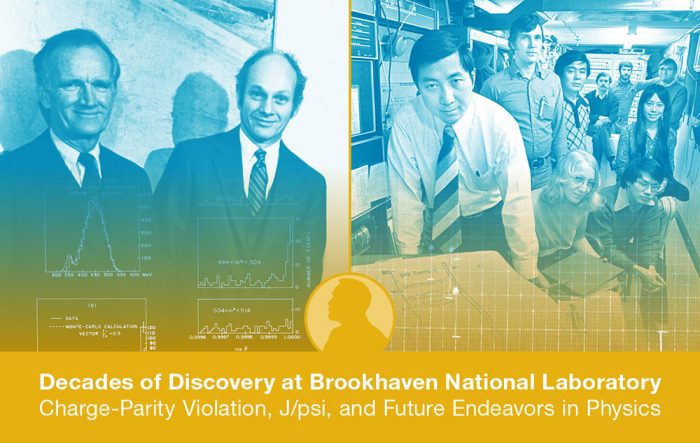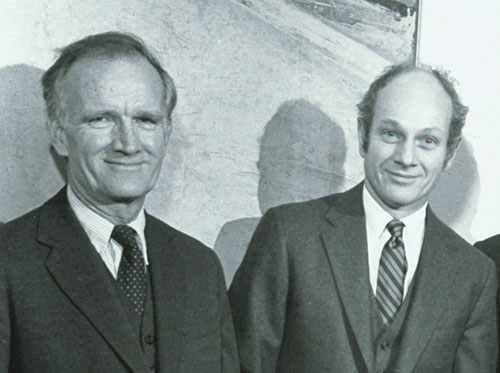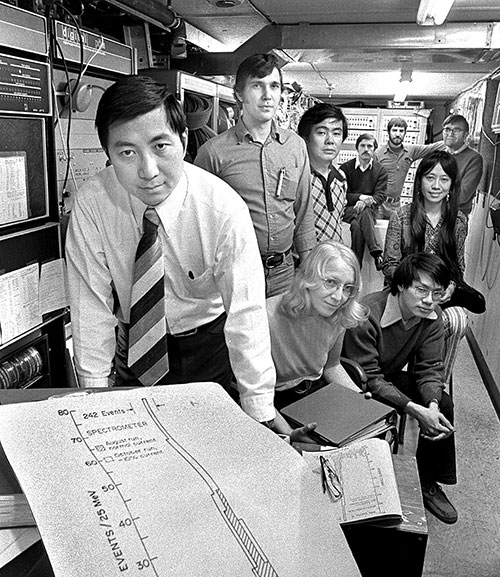By Daniel Dunaief
Finely tuned accelerators, constructed underground in rings that are over 1.5 miles long, can reveal secrets about the smallest parts of matter. At the same time, the work researchers do, which involves accelerating electrons, ions and other sub atomic particles, operates at a level considerably smaller than a human hair, using sensitive equipment under tightly controlled, high energy conditions.
Indeed, at this scale, researchers need to account for energies and changes that wouldn’t affect most human activities, but that can have significant impacts on the work they are doing and the conclusions they draw.
Over the years, accelerator physicists have encountered a wide range of challenges and, for a time, unexplained phenomena.
Accelerator physicist Angelika Drees has worked at Brookhaven National Laboratory since 1997 and has experience and expertise with several accelerators. She is currently working on the Electron Ion Collider (EIC), a unique instrument that will explore quarks and gluons — particles inside the atomic nucleus — that will have applications in medicine, materials science, and energy.
Drees does luminosity calculations. She tries to ensure more collisions. At the same time, she seeks to protect the equipment while keeping the backgrounds as low as achievable.
Drees works with a loss monitor and is responsible for that system, which includes over 400 monitors. The majority of these are installed between two beam pipes.
Lost signal
Drees has worked since 1997 at the Relativistic Heavy Ion Collider (RHIC), which is in its last experimental runs before it provides some of the materials for the new EIC.
As an accelerator, the Relativistic Heavy Ion Collider has beam position monitors that are comprised of two opposing striplines inside the beam pipe that measure the position of the beam. These striplines, which are on either side of the beam, look at the difference in induced signal amplitude. Equal amplitude, with a difference of zero, implies that the beam is in the center.
While the engineers knew that the material for the cables, which transmit signals from the beam position monitor to the system that sees its location, would shrink when exposed to temperatures of 4 degrees Kelvin, they hadn’t adjusted the design to prepare for the change.
When the electronics shrunk after being exposed to temperatures close to absolute zero, which help make the magnets superconducting, they pulled themselves out of their power source.
“We could not see the position of the beam,” Drees explained. “This was during the so-called sextant test, and the beam was not (yet) circling.”
The magnets operated independent of the beam position monitors.
For about a year they could see the beamline 20 meters downstream. Before Drees arrived, the team updated the cables, putting kinks that allowed them to shrink without interfering with their operation of pulling themselves out of the power source.
“It was repaired and, ever since, there has been no further issue,” she said.
‘Weird variation’
Before she arrived at BNL, Drees conducted her PhD work at the Large Electron-Positron Collider, or LEP, which has now become the site of the Large Hadron Collider in Geneva, Switzerland.
The LEP was 27 kilometers long and was between 30 meters and 160 meters underground. It stretched below France and Switzerland. Some part of it was in soil that is affected by Lake Geneva. Half of the LEP was embedded below the Jura bedrock and the other half was embedded in softer sedimentary deposits close to the lake.
Scientists saw regular variation in their results, with a peak to peak beam energy of about 250 parts per million. By studying the timing of these peaks to a regular 28-day and daily cycle, they connected it to the moon.
“The moon not only affects Earth’s oceans, but the actual crust and thus the LEP ring inside it,” Drees explained.
The moon wasn’t the only outside influence on the LEP. Rainwater penetrated the tunnel.
The magnet yokes had concrete between metal laminations. The concrete absorbed the humidity and expanded, increasing pressure on the metal laminations.
That changed the magnetic permeability and the transfer function, which indicates how much bending magnetic field researchers get out of a magnet with a specific electric current.
Rain took about two weeks to show up in the data, as the water took that long to reach and alter the concrete.
During her PhD on the LEP beam energy measurement and calibration, Drees searched for environment effects as a part of her thesis.
While others discovered the moon tides before she arrived, she and other researchers couldn’t account for a ground current that was penetrating into the equipment.
Acting like an extra and inexplicable power source, this current changed the magnetic field.
The extra energy invalidated earlier results. The error bar was four times larger than they originally thought, causing the LEP working group to withdraw a paper and commit to redoing the analysis.
The energy disappeared from midnight to 4 am. Back then, researchers at the LEP were so eager for an explanation that they posted a message on a TV screen, offering an award, like a bottle of champagne, to anyone who could explain what was happening.
Suspecting planes might be contributing, Drees sent a student to the airport to monitor flights. The police, however, weren’t too pleased with this data gathering, initially questioning, then sending the student away.
Drees met with the power authority, who had measured ground currents in the area for years that stopped during those same post midnight hours.
That provided the necessary clue, as the trains — and, in particular the French ones — had contributed this unexplained energy.
Unlike the Swiss trains, which operate with alternating current, the French trains use direct current, which had affected their experiments.
Looking forward
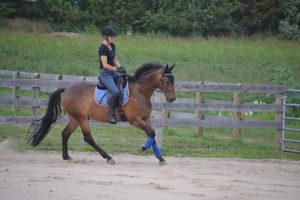
Originally from Wuppertal, Germany, Drees balances the mentally demanding and inspirational challenges of working at these colliders with manual labor.
She earned money during her undergraduate and graduate school days by shoeing horses.
Drees currently owns a horse and works regularly on a horse farm, throwing hay bales and repairing fences.
“I like physical labor,” she said.
Several years ago, she traveled to Portugal, where she stopped at a farm with a Lusitano stallion. The horse had a loose shoe. While she couldn’t speak Portuguese with the person leading the stallion, who, as it turned out, was the national riding coach, she let him know that she could help.
After she repaired the shoe, he asked if she wanted to ride. She found riding this stallion in the back woods of Portugal “amazing.”
“Very brainy work and very physical work balances each other well,’ she said.
As for the colliders, Drees is looking forward to the construction of the EIC, even as she has bittersweet sentiments about RHIC closing down.
Ultimately, building the EIC presents challenges that she is eager to face.

